A report by the National Center for Health Statistics released in 2016 highlights that U.S. citizens spend over $30 billion per year on alternative medicine.
Out of that amount, $14.7 billion1 goes to holistic medicine, which includes using acupuncture, homeopathy, naturopathy, Ayurveda, chelation therapy, energy healing, and others. That is to say, holistic health is rapidly gaining attention in the medical world.
What is Holistic Medicine?
In definition, holistic medicine is a form of healing that focuses on the overall wellness of a person’s body, mind, emotions, and spirit. The diagram below will help you understand all the details about how holistic medicine works:
This form of healing has been in use for many years but was more popular in the ancient world. Now it’s being adapted to work alongside traditional medicine to offer extra healing power.
The Principals of Holistic Medicine
The principal with which holistic health operates is based on several ideas one of them being that the patient requires unconditional love and emotional support to help activate their body’s natural healing capacity. Holistic practitioners believe that:
- Everybody has an innate ability to get well naturally.
- The focus should not be the disease but on the patient.
- For total healing to be realized it takes teamwork. Both the affected and the doctor need to work together.
- The treatment takes many approaches and it should not just be about alleviating the symptoms.
Below, we take a look at different holistic practices2 and how they are actively redefining and transforming the world of medicine.
- Aromatherapy – this is the First Option in Holistic Medicine
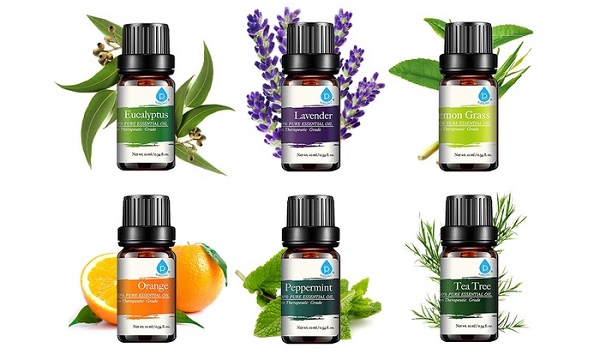
Groupone.com
Aromatherapy is one of the main holistic healing treatment options. It relies on plant extracts and mostly essential oils to support the body’s natural healing mechanism, emotional stability and well-being. It is also known as essential oil therapy.
For centuries, different types of aromatic essential oils have been used to treat mental issues such as anxiety, depression and some bladder infections.
In confirming that, a study by the AJCC (American Journal of Critical Care) confirmed that regular consumption of these oils reduces the symptoms of both stress and anxiety.
- Acupressure – Second Option in Holistic Medicine
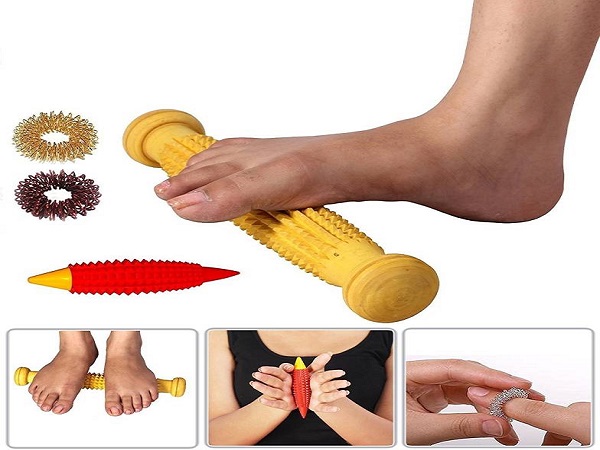
Source: flipkart.com
Acupressure is used by holistic doctors to help patients respond better to traditional treatment.
In essence, it entails applying pressure on certain areas of the body, including strategic areas on the fingers, right beneath the eyebrows and other parts.
This help to stimulate what therapists call the acupoints that different pieces of research agree reduces anxiety and unease on patients who are scheduled for surgery.
Some doctors also recommend it as a preparation step for patients who are scheduled for chemotherapy sessions; while nurses use it to calm expectant mothers during labor, specifically to ease headaches, pain, and trauma.
- Balneotherapy – Third Option in Holistic Medicine
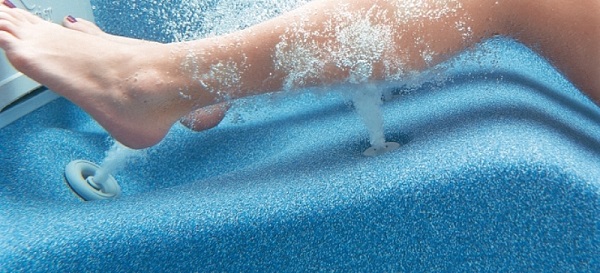
Balneotherapy Treatment 2
Balneotherapy involves using water as a therapeutic element since it has a vast number of benefits to the skin. The history of this type of alternative medicine shows that it was used as early as around the 1700 B.C.
In particular, balneotherapy helps to manage and treat conditions such as acne, calm swelling, pain, and ease anxiety.
Popular holistic health practitioners also highlight that water-based therapies such as mineral baths and underwater massage can boost a person’s immunity strength, besides helping to relieve pain in burn treatments.
4. Homeopathy – Fourth Option in Holistic Medicine
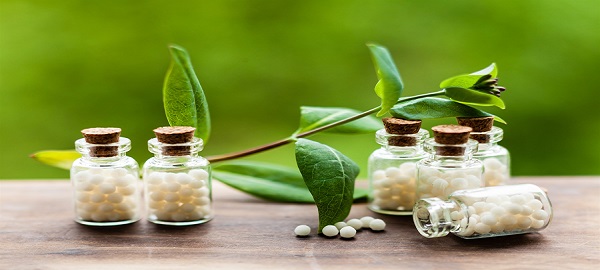
Source: nationalhealthexecutive.com
Findings show that over 200 million people worldwide have used homeopathy to treat chronic and acute conditions. This option of healthcare revolves around the idea of “like cures like.” Meaning if a substance that has been confirmed to cause certain symptoms is taken in small quantities it can cure the same symptoms.
It’s also an ancient holistic health method with records showing it was in practice as early as back in the 1700B.C.
The second principle that homeopathy stands on is that all that the person needs is a consistent minimum dosage amount to stimulate the natural body healing process. In that sense, treatment should be customized for the patient because everybody has his or her own unique health needs.
A good example of how homeopathy is administered is when a parent is advised to apply a small amount of Chamomilla to a child who is struggling with severe and painful teething problems to soothe him or her. This helps to avoid methods that may end up aggravating the symptoms further.
Augmenting Health by Combining Holistic Medicine and Traditional Medicine
Many patients have benefited from what holistic practitioners term as holistic nursing, the most favored lot being victims of accidents.
Records show that this healthcare approach where doctors seek to ensure a person’s whole health and well-being from body, soul, emotions, and spirit does yield better results.
Now during diagnosis, a holistic nurse is expected to assess and recommend tests; and direct care that is specifically customized to the patient.
Part of the goals of holistic health is to help strengthen and activate the patient’s natural innate healing ability and well as strengthen the proper function of all biological processes.
The Future of Holistic Medicine
Expectations are that with the advancement of both holistic and traditional medicine, patients would be able to experience better health more effectively and faster.
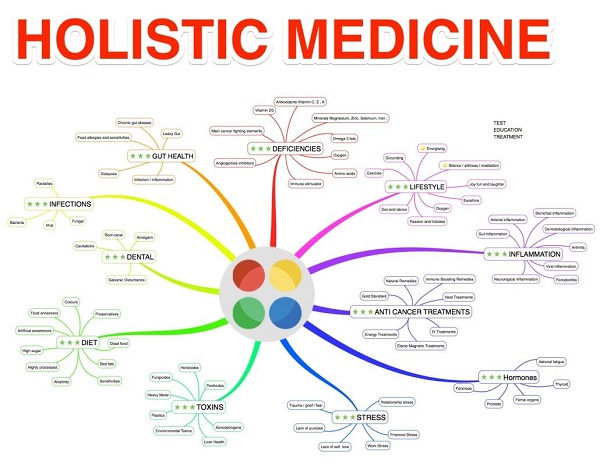
Be the first to comment